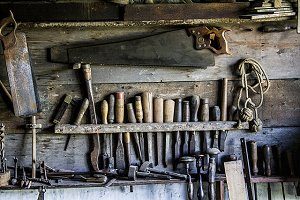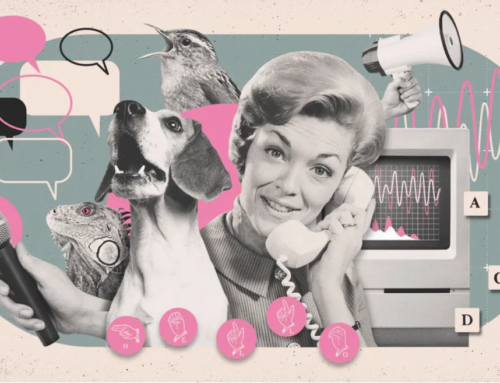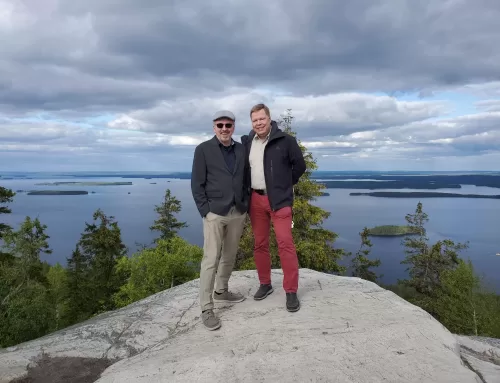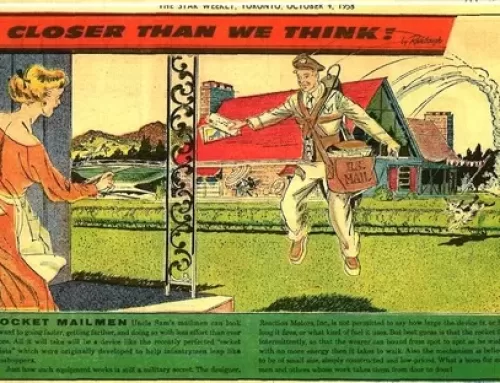 The quickening pace of technology offers the promise of greater productivity and better decision-making within modern society, but there’s a downside to that potential. The use of robots and artificial intelligence within industry threatens to displace not only low-skilled human workers, but also many in white-collar positions as AI improves in its competence in offering knowledge products, such as legal, tax, and even medical advice. Contact in our daily lives with other humans – already somewhat sparse – will decrease even more; with the greater isolation comes stress. As 3-D printing is applied on an industrial scale, anything from the simplest item to the most exquisite and intricate can be built in great quantities from common substances such as plastic, metal, ceramic, concrete, salt, even wood itself.
The quickening pace of technology offers the promise of greater productivity and better decision-making within modern society, but there’s a downside to that potential. The use of robots and artificial intelligence within industry threatens to displace not only low-skilled human workers, but also many in white-collar positions as AI improves in its competence in offering knowledge products, such as legal, tax, and even medical advice. Contact in our daily lives with other humans – already somewhat sparse – will decrease even more; with the greater isolation comes stress. As 3-D printing is applied on an industrial scale, anything from the simplest item to the most exquisite and intricate can be built in great quantities from common substances such as plastic, metal, ceramic, concrete, salt, even wood itself.
In such a world of abundant copies and cheap advice, in what might people place value? As AI improves, where can people turn when they are frustrated by the cloying and shallow simulacrums of caring that robots will become? Perhaps humans, especially city dwellers, will find themselves turning more and more back to the forest: using both visual and non-visual connections and stimuli to relieve their increasing stress; using the parks and the woods for relaxing events to recapture with their fellow urbanites a truer sense of community; and regaining an appreciation for artistry using forest products and for that quality of craftsmanship that can only come from the mind and the hands of another person. As people strive to avoid the ultimate emptiness of the over-connected city, they may come to realize the saturated and superficial life offered by modern technology reflects both a paucity of meaningful relationships and experiences. The vicarious allure of the forest through virtual reality can’t substitute for the real and personal participation in “forest bathing”, alone or with one’s family and friends.– Kurt Callaway
(image from https://www.flickr.com/photos/136929098@N08/27757872443/)



